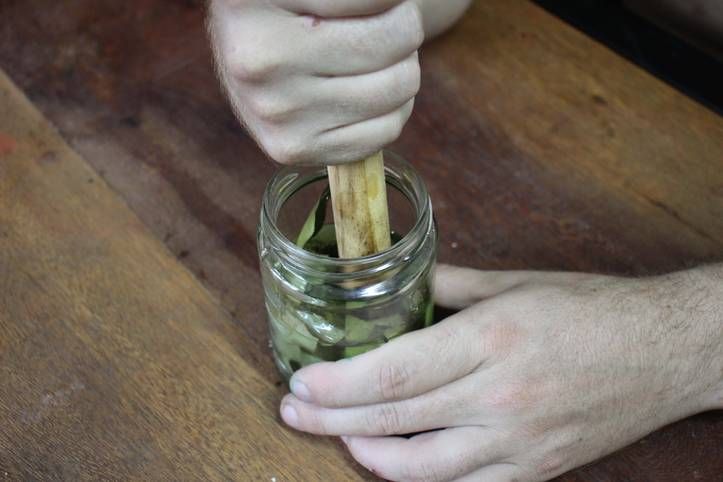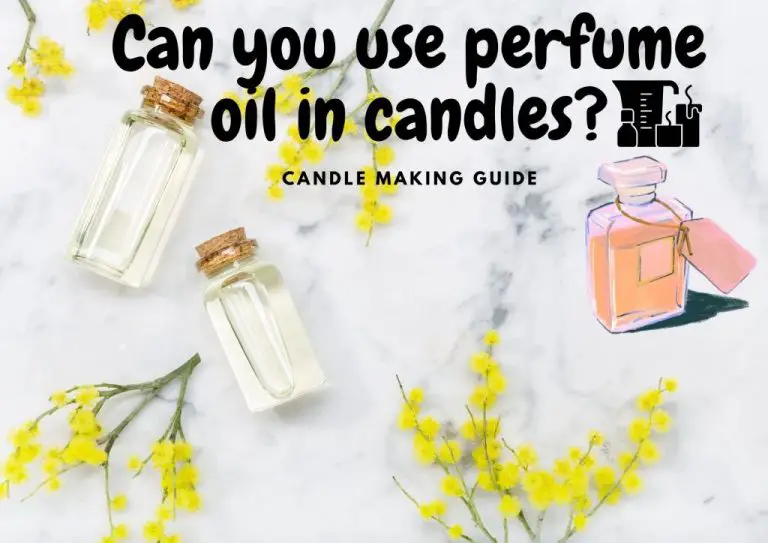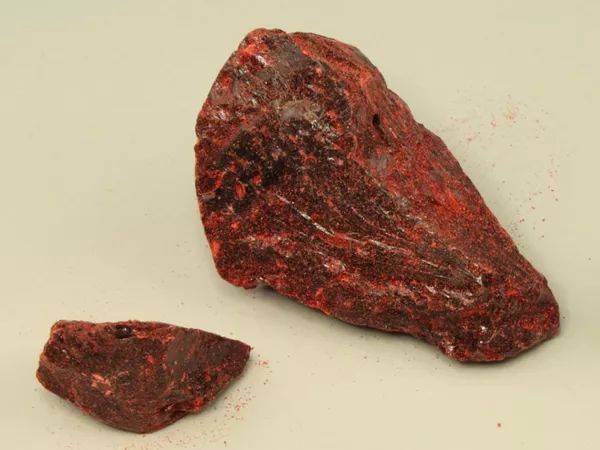Can You Make Eucalyptus Oil At Home?
Eucalyptus oil is a natural plant extract that comes from eucalyptus trees. It has a strong, distinct aroma and is typically clear to pale yellow in color. Eucalyptus oil has many beneficial uses and has historically been used for its medicinal and aromatic properties. The oil contains the compound eucalyptol, also known as cineole, which is responsible for many of its therapeutic effects (1). Eucalyptus oil is commonly used in aromatherapy, perfumes, cleaning products, and as an ingredient in cough drops and ointments. It is valued for its many topical benefits and soothing, refreshing scent.
History
Eucalyptus oil has a long history of use by the indigenous populations of Australia. The aborigines have used eucalyptus leaves for treating wounds, fungal infections, fever, and pain for thousands of years.[1] Eucalyptus oil was first distilled from the leaves in the 1800s by Baron Ferdinand von Mueller, who was the first director of the Melbourne Botanic Gardens. He intended to use eucalyptus oil as an antiseptic, antimalarial, and insect repellent.[2]
Benefits
Eucalyptus oil has numerous benefits and therapeutic uses. Some of the top uses are related to its antimicrobial, analgesic (pain-relieving), and decongestant properties.
Eucalyptus oil contains compounds like cineole that have antimicrobial effects against certain bacteria, viruses, and fungi. Studies have found eucalyptus oil can help fight gum disease and respiratory infections when used as a gargle or in vapor form.1
The oil also has analgesic and anti-inflammatory properties, making it useful for treating headaches, joint pain, and muscle pain when applied topically or inhaled. Research indicates the pain-relieving effects may stem from the oil’s ability to influence pain-related nerve endings.2
Inhaling eucalyptus steam or vapor rubs containing the oil is a common home remedy for temporarily relieving congestion from colds, coughs, and sinus issues. Eucalyptus acts as a decongestant and helps loosen phlegm.
Uses
Eucalyptus oil has many uses, but some of the most popular are in aromatherapy, cleaning products, and cosmetics.
In aromatherapy, eucalyptus oil is commonly used in diffusers to promote feelings of relaxation and clear breathing. The pleasant, woody aroma of eucalyptus can help create a calming environment. Eucalyptus oil is also added to massage oils and lotions for its soothing properties (1).
Eucalyptus oil is a common ingredient in many eco-friendly and natural cleaning products. Its cleansing properties make it effective for household surfaces, floors, bathrooms, kitchens, etc. Products like detergents, soaps, and surface sprays frequently contain eucalyptus oil to naturally clean and purify (2).
For cosmetics, eucalyptus oil is added to products like facial cleansers, shower gels, shampoos, and lotions. In addition to its fresh, invigorating scent, eucalyptus oil can gently cleanse skin and hair. It also provides a cooling, soothing sensation that is beneficial for many skin types (1).
With its many therapeutic effects and uses, eucalyptus oil continues to grow in popularity both commercially and in home uses. It offers a natural alternative to harsh chemicals in many self-care, home, and beauty products.
(1) https://www.webmd.com/vitamins-and-supplements/ss/slideshow-eucalyptus-oil-benefits-and-uses
(2) https://www.mountsinai.org/health-library/herb/eucalyptus
Making Eucalyptus Oil
Making eucalyptus oil at home is a simple process that requires few ingredients and equipment. Here is what you’ll need:
- Eucalyptus leaves – Fresh or dried leaves can be used. The younger, more pliable leaves tend to produce better oil.
- Carrier oil – Olive, coconut, or almond oils work well to help extract the eucalyptus oil.
- Mason jar – Use a pint-sized or larger glass jar with a tight-fitting lid.
- Spoon – A wooden spoon helps crush the leaves to release oil.
- Cheesecloth – Used to strain the leaves.
Follow these steps:
- Fill your mason jar about 1/4 full with fresh or dried eucalyptus leaves.
- Pour carrier oil over the leaves until they are fully submerged. The ratio should be about 4 oz of leaves to 16 oz of oil.
- Use the wooden spoon to gently crush the leaves against the side of the jar to help release the oils.
- Tightly seal the jar and place in a cool, dark place for 2-6 weeks, shaking the jar daily.
- After the infusion period, strain the oil through cheesecloth to remove the leaves.
- Store the finished eucalyptus oil in an airtight container away from light and heat. It will keep for up to 1 year.

The eucalyptus oil is now ready to use! Always do a patch test before wider application to check for skin sensitivities.
Eucalyptus Varieties
There are over 700 species of eucalyptus, but only a few are commonly used to make eucalyptus essential oil (1). The most popular varieties include:
-
Eucalyptus Globulus – Also known as blue gum eucalyptus, this is the most common variety used for essential oil. It has a strong, camphorous scent and can help open up airways (2).
-
Eucalyptus Radiata – Sometimes called narrow-leaved peppermint eucalyptus, this variety has a crisp, refreshing aroma. It’s often preferred for respiratory support and gentler than E. globulus (3).
-
Eucalyptus Citriodora – Also called lemon eucalyptus, it has a fresh, uplifting citrus scent. The essential oil is commonly used in cleaning products and bug repellents (1).
-
Eucalyptus Smithii – Known as gully gum eucalyptus, this variety has a slightly medicinal camphor scent. It’s traditionally been used to support the respiratory system (3).
Choosing the right species depends on the intended use and desired properties of the finished oil. Key factors are the scent, chemical composition, and safety considerations for each type.
Extraction Methods
There are several methods for extracting eucalyptus oil from the leaves, including:
Distillation: This is the most common method. The leaves are distilled with steam or water to extract the essential oils. The oils evaporate and condense separately from the water. Distillation allows for a high quality and pure essential oil extraction. [1]
Solvent extraction: Solvents like hexane are used to extract the oils. The solvent pulls the oils out of the plant material. The solvent is then removed, leaving behind the essential oil. This method is cheaper but can affect oil purity. [2]
Cold pressing: This is used to extract oils from citrus fruits. The rinds are placed in a spouted press and mechanically pressed to squeeze out the oils. This avoids exposing the oil to heat. Eucalyptus oil can also be cold pressed but yields are low. [3]
Yields
The yield of eucalyptus oil can vary quite a bit depending on the species and growing conditions. According to one study, the highest yielding eucalyptus species was E. maidenii, which produced an oil yield of 6.16% when distilled (https://www.researchgate.net/figure/Oil-Yields-of-Eucalyptus-Species_tbl2_233222116). Other factors like plant age, weather, soil conditions, and distillation method can also impact oil yield.
In terms of yield per plant, one source reported typical yields of 40-60 kg of oil per 2.5 tons of fresh eucalyptus leaves (https://www.ncbi.nlm.nih.gov/pmc/articles/PMC10462639/). The exact yield per plant depends on the size and leaf production. Larger, mature plants grown at optimal planting densities will produce higher oil yields.
Overall, oil yield can range quite a bit based on species, plant maturity, growing conditions, harvest time, and distillation process. Careful selection of high oil yielding species along with ideal growing conditions can maximize oil production per plant.
Safety
Eucalyptus oil is likely safe for adults when applied to the skin in small amounts. However, it should always be diluted since the undiluted oil can be highly toxic if ingested (Eucalyptus – Uses, Side Effects, and More). Taking as little as 2-3 mL of undiluted eucalyptus oil orally can be fatal (12 Ways to Use Eucalyptus Oil).
Do not apply eucalyptus oil, salve, or chest rub on the face or nose of children under 2 years old as it can cause breathing problems (Eucalyptus Information | Mount Sinai – New York). For older children and adults, eucalyptus oil should be diluted to 0.05-1% before topical use to avoid skin irritation. It should not be taken orally.
Pregnant and breastfeeding women should avoid using eucalyptus oil without medical approval due to lack of safety information. Those with seizures, asthma, or chronic obstructive pulmonary disease (COPD) should use caution as eucalyptus may worsen their condition.
Conclusion
Making eucalyptus oil at home can be a rewarding DIY project for those interested in natural products. With over 700 species to choose from, select a variety like Eucalyptus globulus that has a high concentration of eucalyptol, the compound responsible for many of eucalyptus oil’s therapeutic effects. Steam distillation works best for small batches, using either the leaves or bark to extract the precious oil. Care must be taken during the process to avoid burns and inhalation of the potent vapors. While the yields may be low, a homemade batch of pure, organic eucalyptus oil is well worth the effort for personal use. With proper safety precautions, patience, and technique, anyone can experience the satisfaction and fragrant benefits of home-distilled eucalyptus oil.




